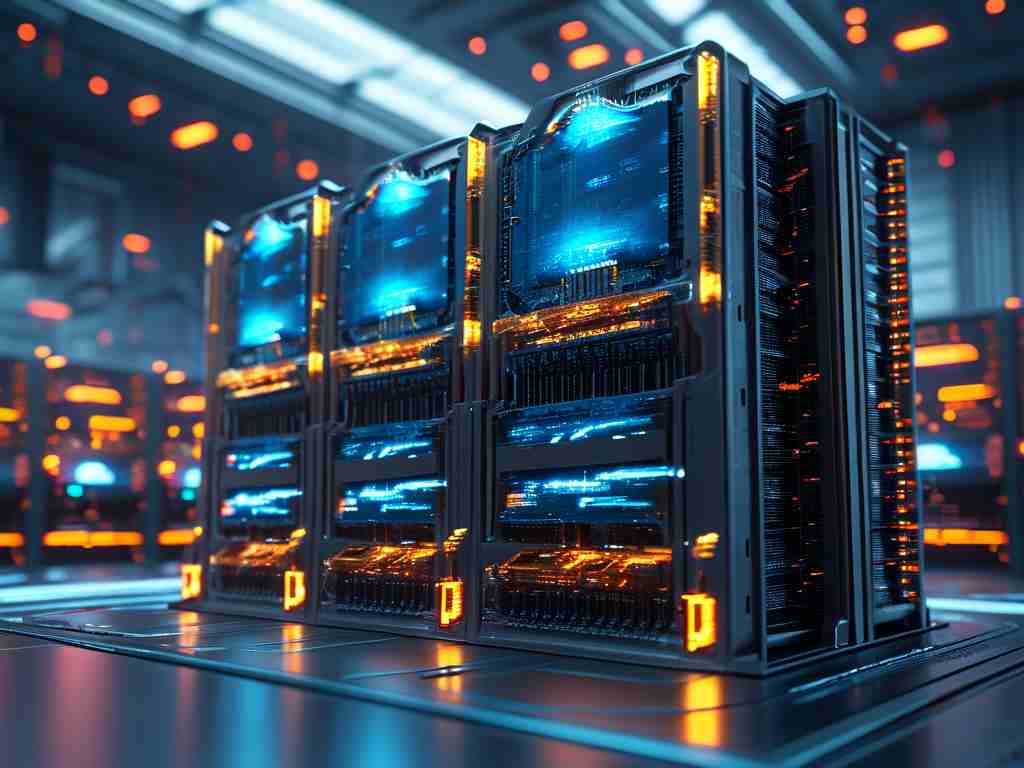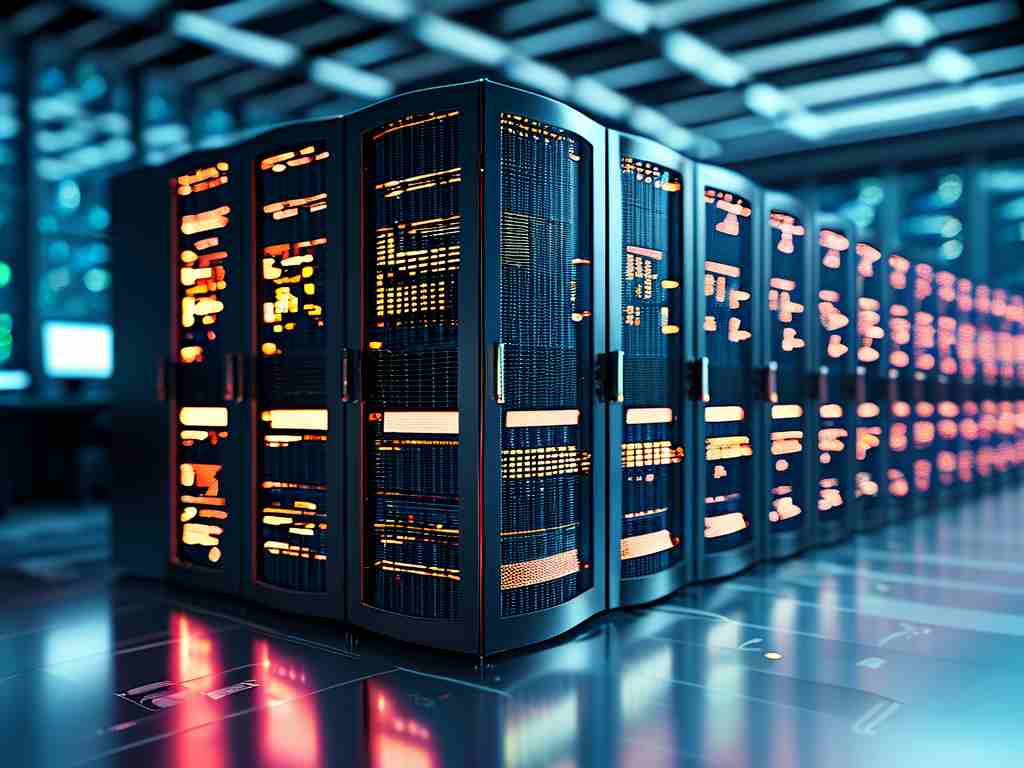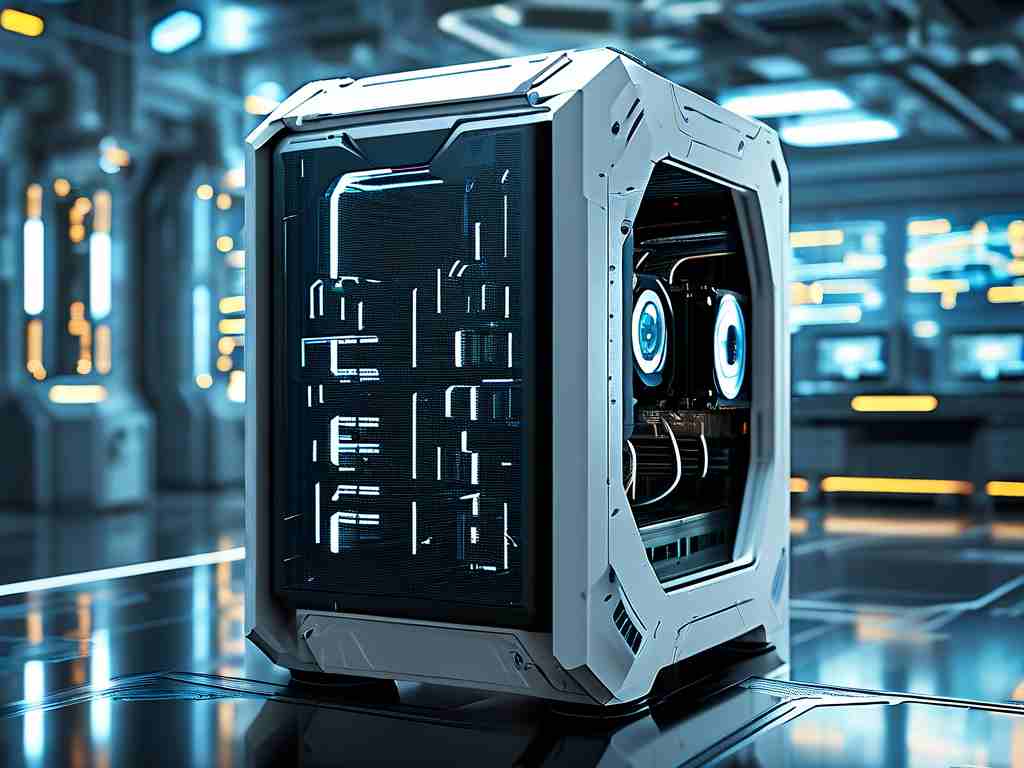The process of how calculations occur within computer memory is a fundamental aspect of modern computing, driving everything from simple arithmetic to complex algorithms. At its core, memory-based computation involves the central processing unit (CPU) interacting with random access memory (RAM) to fetch, process, and store data. This interaction enables devices to perform tasks efficiently, but understanding it requires delving into the underlying mechanics of digital systems.

Memory serves as a temporary storage area where data and instructions reside while a computer is running. When a calculation needs to be performed—say, adding two numbers—the CPU retrieves the relevant data from specific memory addresses. These addresses are unique locations in RAM, organized in a linear fashion, allowing quick access. For instance, if a program stores the value 5 at address 0x1000 and 10 at address 0x1004, the CPU can fetch both values to execute an addition operation. This fetch-decode-execute cycle is orchestrated by the CPU's control unit, which interprets instructions and manages data flow. Without this seamless coordination, computations would stall, leading to system inefficiencies or crashes.
Data in memory is stored in binary format, using bits (0s and 1s) to represent information. This binary system simplifies complex calculations by breaking them down into basic logical operations. For example, addition can be handled through arithmetic logic units (ALUs) within the CPU, which perform bitwise manipulations. Consider a simple C code snippet demonstrating how variables are stored and computed in memory:
#include <stdio.h>
int main() {
int a = 5; // Stored at a specific memory address
int b = 10; // Another address
int sum = a + b; // CPU fetches a and b, computes sum
printf("Sum: %d\n", sum); // Outputs result
return 0;
}
In this snippet, the variables a and b occupy memory slots, and the addition operation involves the CPU loading their values into registers, performing the calculation, and writing the result back to memory. This highlights how memory acts as a dynamic workspace, facilitating real-time processing without permanent storage delays.
Beyond basic operations, memory computation plays a crucial role in optimizing performance through techniques like caching. Caches are small, high-speed memory units closer to the CPU that store frequently accessed data, reducing latency by minimizing trips to slower main RAM. For instance, when repetitive calculations occur—such as in loops—cached data allows the CPU to reuse values swiftly, speeding up execution. Modern systems also employ virtual memory, where disk storage supplements physical RAM, enabling larger computations by swapping data in and out as needed. This layered approach ensures that memory resources are managed effectively, even under heavy workloads.
However, challenges arise in memory computation, such as addressing errors or bottlenecks. Memory leaks, where unused data isn't freed, can consume resources and slow down systems. Additionally, parallel computing introduces complexities; multiple cores accessing shared memory must synchronize to avoid conflicts, using mechanisms like mutexes or semaphores. These issues underscore the importance of efficient memory management in software design, as seen in languages like Java or Python, which include garbage collection to automate cleanup.
Looking ahead, advancements like in-memory databases and non-volatile RAM are transforming computation by enabling faster data access and persistence. For example, in AI applications, large datasets processed directly in memory accelerate machine learning models, reducing reliance on slower storage. This evolution promises more responsive systems, from smartphones to cloud servers, making memory computation a cornerstone of technological innovation.
In , memory-based calculation is a intricate dance between hardware and software, where data retrieval and processing occur at lightning speed. By mastering this process, developers and engineers can build more efficient, reliable systems that power our digital world, proving that even the simplest calculations rely on sophisticated memory interactions.









